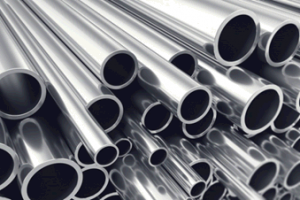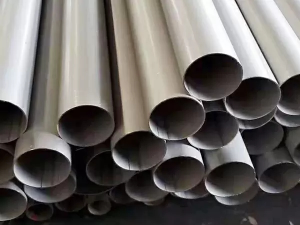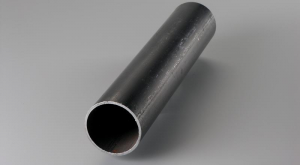Exploring the Diversity: Types of Stainless Steel Pipes Based on Production Methods
The production method plays a crucial role in determining the characteristics of stainless steel pipes. Let’s delve into the different types based on the production methods employed.

1. Seamless Stainless Steel Pipes:
Overview:
Seamless stainless steel pipes are crafted without the need for welding joints. They are produced through extrusion or rotary piercing methods.
Advantages:
Corrosion Resistance: Seamless pipes have no welded seams, reducing the risk of corrosion at joints.
High Pressure and Temperature Resistance: Ideal for applications requiring high pressure and temperature.
Applications:
Used in industries such as oil and gas, chemical, and automotive, where reliability under extreme conditions is paramount.

2. Welded Stainless Steel Pipes:
Overview:
Welded stainless steel pipes are formed by welding or forming flat plates into a cylindrical shape and then welding the seam.
Advantages:
Cost-Effective Production: Welded pipes are generally more cost-effective to produce.
Various Sizes: Available in a wide range of sizes and diameters.
Applications:
Commonly used in construction, plumbing, and structural applications where high corrosion resistance is still essential.

3. Electric Resistance Welding (ERW) Pipes:
Overview:
ERW stainless steel pipes are produced by forming flat sheets into a cylindrical shape and then welding longitudinally.
Advantages:
High Efficiency: ERW pipes are produced at high speeds, making them cost-effective.
Versatility: Suitable for a variety of applications due to the availability of different grades.
Applications:
Used in water pipelines, heating systems, and structural applications owing to their efficiency and reliability.
4. Submerged Arc Welding (SAW) Pipes:
Overview:
SAW pipes are manufactured using a welding process where the welding arc is submerged in flux.
Advantages:
High-Quality Welds: Produces high-quality welds with minimal defects.
Suitable for Thick-Walled Pipes: Ideal for the production of thick-walled pipes.
Applications:
Commonly employed in the construction of pipelines for transporting liquids and gases over long distances.
In conclusion, the choice between seamless, welded, and various welding methods depends on the specific requirements of the application.

 +86 159 6420 9667
+86 159 6420 9667  sales@haxrailing.com
sales@haxrailing.com 



